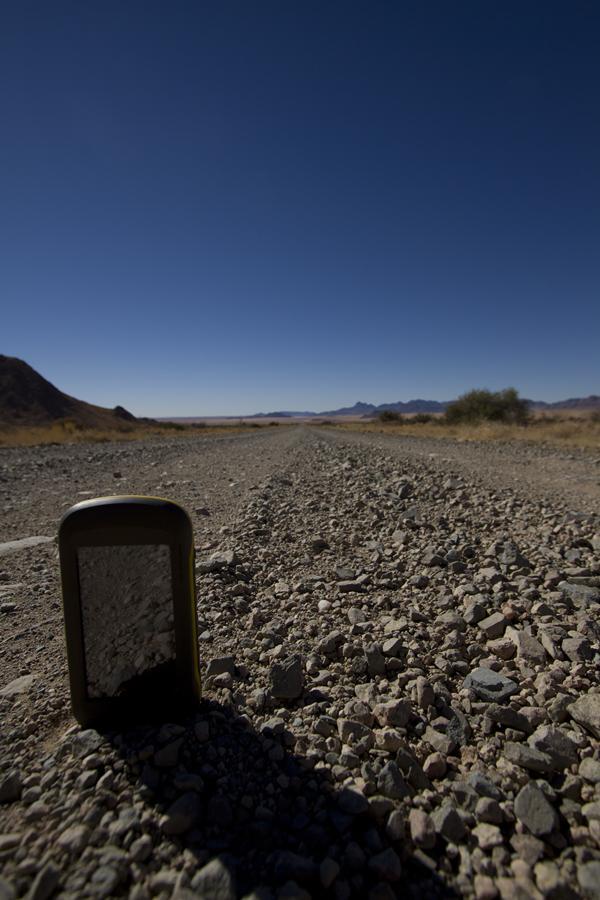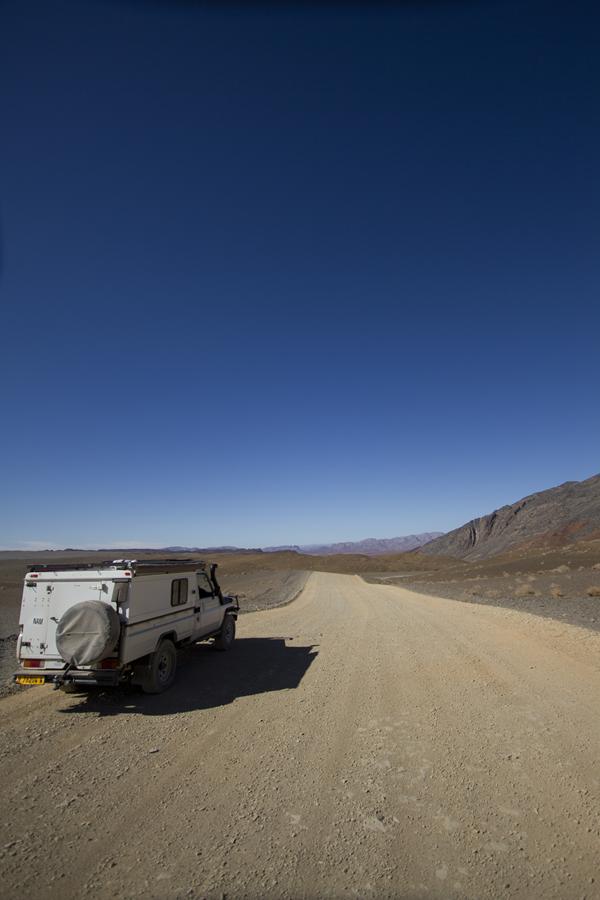Unlike so many animal species, few of the human species possess a natural ability to navigate. For us, to know where we are and to navigate from point A to point B, usually requires some or other form of intellectual effort to construct or maintain a mental map of where we are in relation with our surroundings.
A mental map
The human mental map at best is only a relative map. It exists relative to known landmarks. Absolute directions (North, South, East and West) play little or no part in the human mental map. Often people will know in which direction some landmark is, without knowing where an absolute direction like North is.
A good mental map must include absolute orientation. It must know (more or less) where North is. This is essential when travelling to new and unfamiliar places.
The ability to maintain and adjust a mental map to some degree can be called ‘navigational skills’. To navigate, one needs to first of all know where you are and then know where you want to go. Fortunately humans, nowadays, have the aid of maps, both on paper and GPS, to help them navigate.
A paper map
Some people prefer paper maps and others GPS maps; in fact there is a place for both when you are travelling Africa. A paper map allows you to orientate yourself better as to where you are in relation to the bigger picture of the country that you are travelling, while the GPS map can zoom in and navigate you within meters of a point. Where a paper map can give you accurate information within 50 m, a GPS can do it within 5 m.
Even if you do not like to rely on a GPS, it may be a good idea to have one as a backup in case you need to find your location on the map or simply want to retrace your tracks.
Whether you use a paper map or a GPS map or both, invest in the best possible maps that you can get. Before departing, make sure your map has accurate and up-to-date information on the areas you want to travel. This is especially vital if you are travelling remote areas.
Even if you have the best GPS with the most accurate GPS maps, the responsible traveller will still use auxiliary navigational aids such as paper maps and a compass. These are to be consulted from time to time to ensure that the mental map stays intact even after the GPS’s batteries have run flat.
Whether you use a GPS or paper map for navigation, pay attention to the surroundings that you travel through. Make a mental note when you take a turn, or maybe even mark it on your map. If you find yourself in a maze of tracks, also consider noting the odometer reading at each turn.
Using a GPS
If you’re using a GPS, set it to voice-guided navigation. Not for letting your mind drift off into day-dreams, but so you can pay better attention to the road and your surroundings. When you pay attention to your changing surroundings, you will have all the information needed to face any decision. If you need to turn back, you will know which way to back-track. If you need to take a detour, you’ll know exactly where you are and how best to plan the detour to your destination on the map.
If you do get lost, don’t panic. Although you might have missed an important turn, you’re still a lot better off than someone who got dropped there blind-folded. You will remember quite a bit about the terrain you travelled through, for how long, and so on. Use this information to locate yourself.
A GPS will provide you with valuable information that enables you to limit unnecessary risks. If you have a Tracks4Africa map loaded on your GPS, it will for instance warn you that camping at animal watering points in Kaokoland is a NO-NO, as is camping in the way of Himba cattle. They have adapted, over the centuries, to feed as far away as 35 km from water, returning to drink only every second day when heat and dehydration all but overcome them. This return usually occurs at nightfall or even later. In such circumstances, during the last 5 km when the scent of water is picked up by the cattle, the thirsty animals often stampede towards the waterhole with potentially lethal implications for any unsuspecting overnight bush campers.


